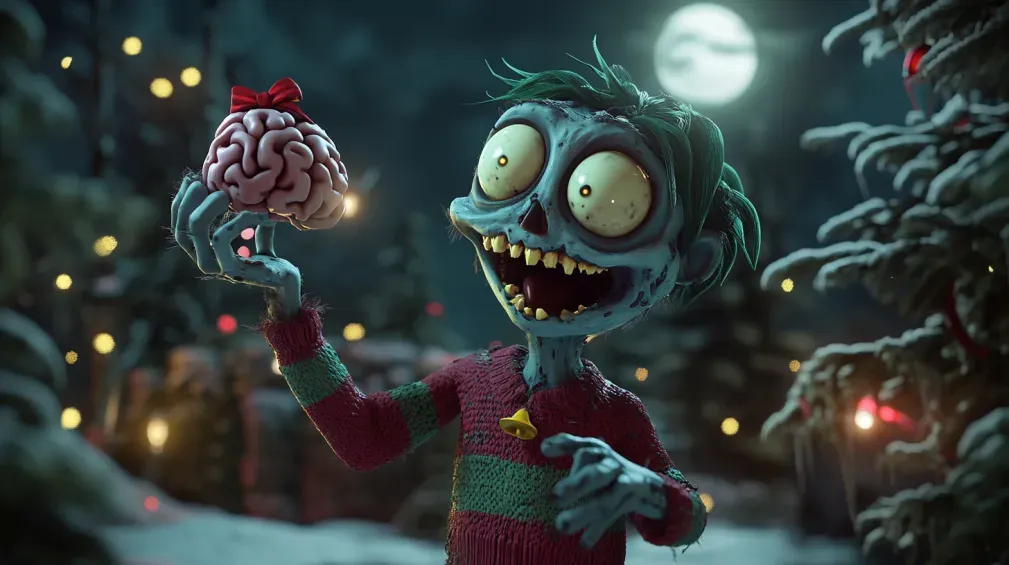404 - Not Found
Holy Crap! Someone stole this page.
Seriously, you typed in a page you thought you wanted and got this stupid page. WTF?
Well, it looks like the page you wanted only exists in your mind, not on our website. Sorry, not sorry.
Our gift to you for typing in some nonsensical jibberish page is this lovely 404 page. We hope you like it, we made it just for you.
So what went wrong? We have no freaking idea, but it looks like this page is a dead-end for you. I know - Zombie humor at its finest. Anyway… please visit our Homepage to find what you are looking for unless you’re Bono from U2, in which case you’ll climb the highest mountains, and run through the fields, but still won’t find what you’re looking for.

